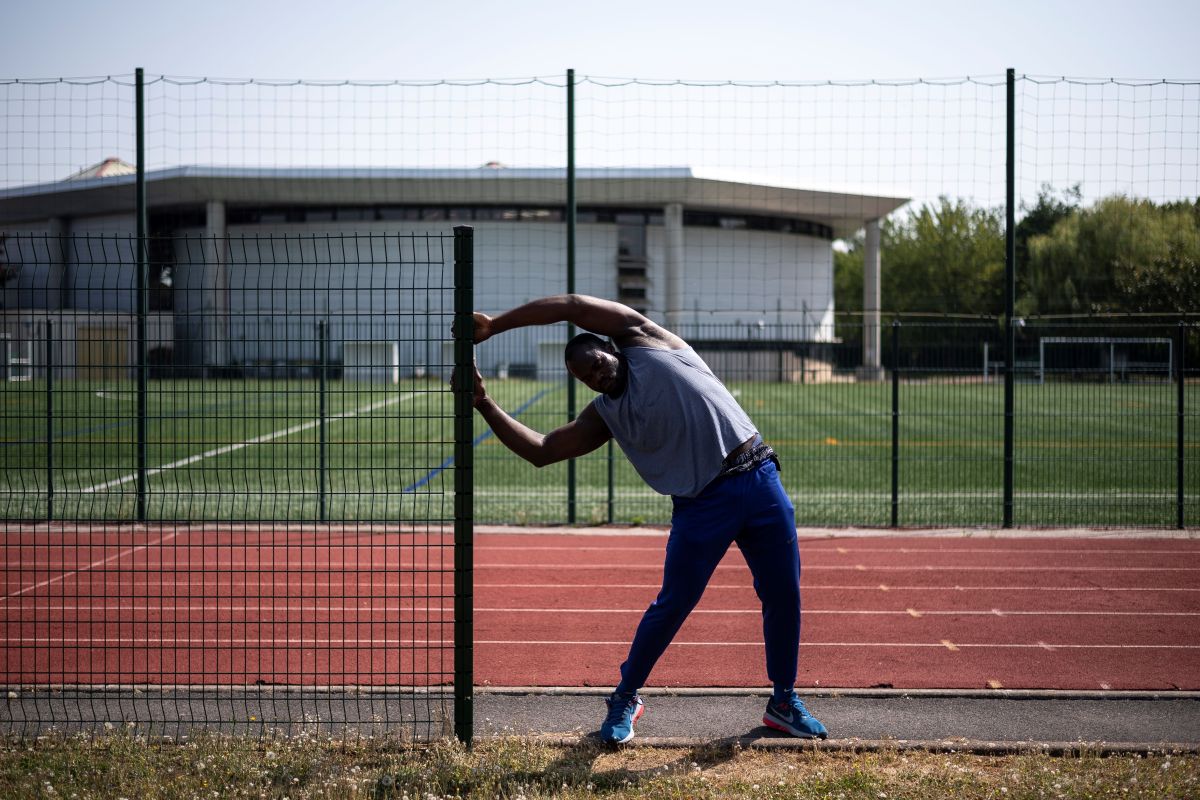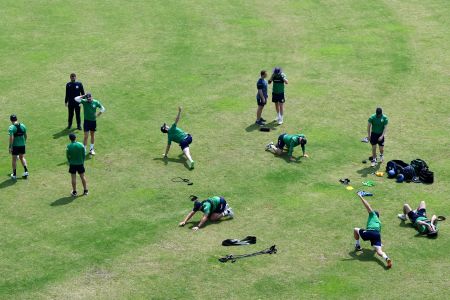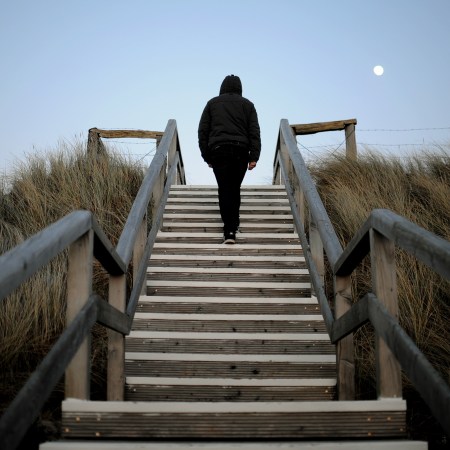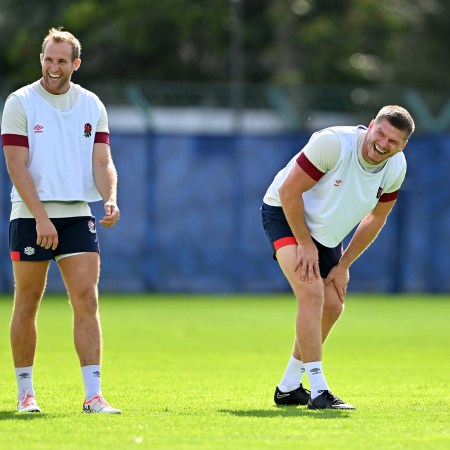MMA fighters and ultrarunners have predictably disparate training regimens, but each group has something in common. They pay special attention to the psoas — deep core muscle that too many of us have never even heard of.
The psoas muscle (pronounced so-az) is connected to both the lower vertebrae in your back and your hips, and plays a massive role in stabilization, hip joint flexing, and lifting legs up toward the body. Similar to the way that hunching over a screen collapses the shoulders and the neck (condensing your upper half and hunching everything forward) slouching in a C-shape all day crowds your lower half. It tightens the psoas fusiform like a coil.
If an athlete with a tight psoas tries springing into action — whether on a run or in the ring — other parts of the body must overcompensate to help them flex their hips and propel forward. This can lead to strains elsewhere in the body, and especially around the knees.
Whether you consider yourself an athlete or not, chances are that (a) you sit a lot, (b) you’ve been neglecting your psoas for some time now and (c) if you were to release it, it would pay dividends in your workout routine. Here’s how to stretch the bugger out:
This Chart Will Simplify Your “Recovery Fitness” Routine
Some strategies help heal the body. Others are a waste of time.Try This Stretch
One of our favorite follows on Instagram is James Moore (@jamesmoorewellness), who routinely posts instructive videos on how to release pain in your legs, back or neck. He’s got a dedicated psoas stretch, too, thank goodness. You’ll need a wall and something soft — a folded yoga mat or gardener’s pad — to protect your knees.
With your chest facing outward/the floor, kneel down as close to the base of a wall as possible. Then shimmy your feet up the wall behind you (if you can!), to make sure you’re in the best possible position for the stretch. Finally, push up from the floor, squaring your shoulders, so your back and lower half form an angle with the wall. Hold this pose for 15 seconds at a time. Repeat three times.
A number of users in Moore’s comments called this particular move “life saving.” Indeed — at the very least, it’s low back saving. But as the psoas has long been nicknamed the “fight or flight muscle” (that’s to say, it contracts anytime the body experiences an intense emotional response), you might literally feel lighter after giving it the time of day.
Try This Tool
For those who prefer a concrete tool, try the PSO-RITE, an invention by former college football linebacker Mac Mollohan. It’s just a one-pound hunk of plastic, shaped like football goalposts, with two knobs on either end. On the bottom there are grips to hold it in place against the floor, and grooves for you to hold it against your body. PSO-RITE designed the thing to have the firmness of a masseuse’s elbow, and they nailed it.
While it may seem counterintuitive to address back pain from the front, keep in mind that psoas is a deep core muscle. The best way to activate it is to press into it through the abdominal wall. Some methods for using it:
- Lay on your back with the PSO-RITE placed between the bottom of your rib cage and the top of your pelvis, pushing each side of the tool into your core and breathing along slowly.
- Once you feel comfortable, you can place the PSO-RITE flat on the floor and lie prone atop it, winging your arms up toward your face and resting your head against the ground.
- If you leave a bruise you’re going too hard. Hold that second position for a minute at most, breathing all the while, before slowly rising back to a sitting position.
- Head here for a video tutorial. Follow this link to buy one on Amazon.
Whether you’re looking to get into shape, or just get out of a funk, The Charge has got you covered. Sign up for our new wellness newsletter today.



















